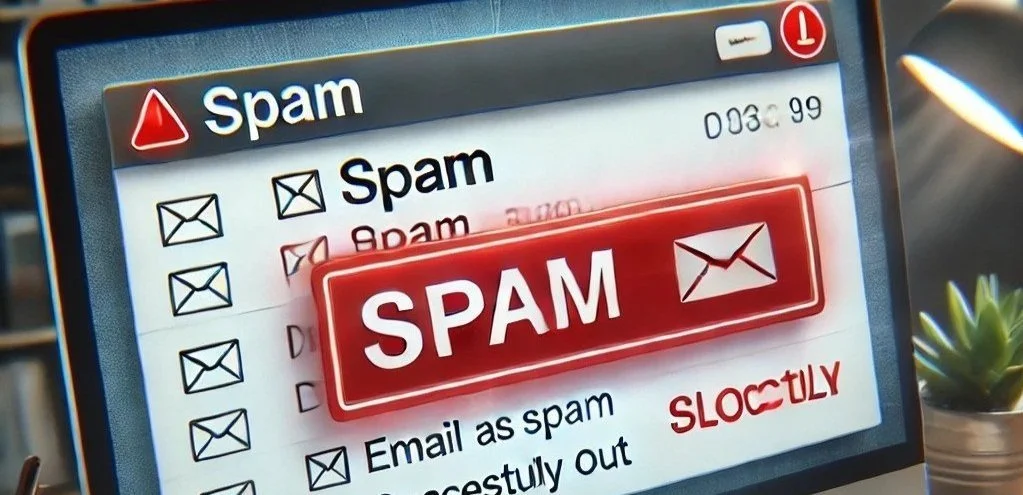The Importance of Implementing a SPAM Filter for Your Company
In today's digital age, email remains a primary communication tool for businesses. However, with the convenience of email comes the significant challenge of dealing with spam. Unsolicited and often malicious emails can clutter inboxes, reduce productivity, and pose security risks. Implementing an effective spam filter is crucial for maintaining the integrity and efficiency of your company's email communications.
Understanding Spam Emails
Definition of Spam Emails
Spam emails, commonly referred to as junk mail, are unsolicited messages sent in bulk to a large number of recipients. These emails often have a commercial intent, aiming to advertise products or services. However, they can also carry malicious content designed to deceive and harm recipients.
Common Types of Spam
Promotional Spam: These emails promote products, services, or websites, often from dubious sources.
Phishing Spam: Emails that attempt to trick recipients into revealing personal information such as passwords, credit card numbers, or other sensitive data.
Malware Spam: Emails containing malicious attachments or links that can infect a recipient's device with viruses, ransomware, or other harmful software.
The Impact of Spam on Businesses
Productivity Loss
Spam emails can significantly reduce productivity by cluttering employees' inboxes, requiring them to spend time sorting through and deleting unwanted messages. This distraction can lead to a considerable loss of work hours.
Bandwidth Consumption
Handling large volumes of spam can consume substantial amounts of a company's bandwidth, slowing down the network and affecting the performance of other essential online services.
Security Threats
Spam emails often serve as a vector for cyberattacks. Phishing emails can lead to data breaches, while malware-laden messages can compromise the security of the company's IT infrastructure.
The Role of a SPAM Filter
What is a SPAM Filter?
A spam filter is a software tool designed to identify and block unsolicited and unwanted emails. It uses a variety of techniques to analyze incoming messages and determine their legitimacy.
How SPAM Filters Work
Spam filters employ several methods to detect spam, including:
Content Analysis: Examining the text of emails for common spam phrases and patterns.
Bayesian Filtering: Using statistical techniques to distinguish between spam and legitimate emails based on past email data.
Heuristic Filtering: Applying rules and algorithms to identify spam characteristics.
Blacklist Checking: Comparing email senders against known lists of spammers.
Types of SPAM Filters
Content-Based Filters: Focus on the content of the email.
Bayesian Filters: Use statistical probabilities.
Heuristic Filters: Apply predefined rules and algorithms.
Conclusion
Implementing a robust spam filter is essential for protecting your company from the various threats posed by unsolicited emails. By understanding the nature of spam, recognizing its impact, and selecting the right spam filter, businesses can enhance their productivity, security, and overall efficiency. Investing in a quality spam filter not only safeguards your company's data but also ensures smooth and uninterrupted communication, which is vital in today's fast-paced business environment.
FAQs
What is the difference between spam and junk email? Spam typically refers to unsolicited commercial emails, while junk email can include any unwanted email, including spam.
How can I reduce false positives in my spam filter? Regularly update and train your spam filter, and allow users to mark false positives to improve its accuracy.
Can a spam filter completely eliminate spam? While no filter can guarantee 100% elimination, a good spam filter can significantly reduce the volume of spam reaching your inbox.
Would you like to proceed with writing the full article based on this outline, or do you have any modifications, additions, or deletions you would like to make? Additionally, how many sections would you prefer to be written at a time?


